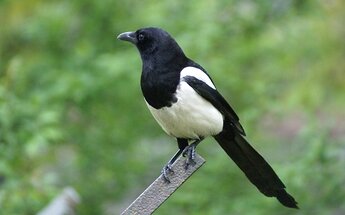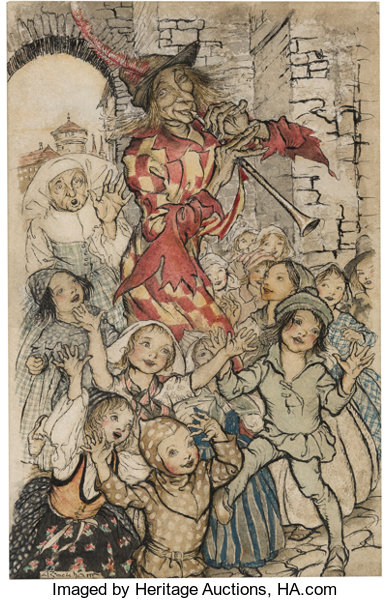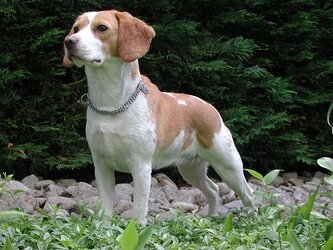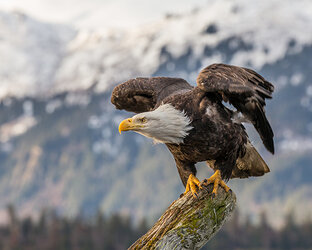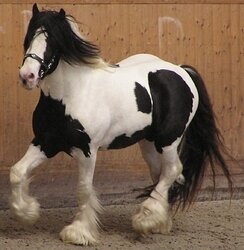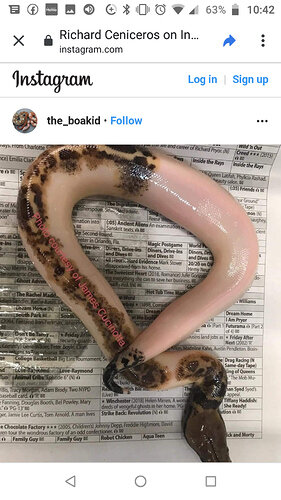Image from Deborah Stewart at Stewart Reptiles @stewart_reptiles
Piebald, we all know of it, the crazy combos are probably what brought all of your attention to Ball Pythons it the first place. But did you know this was something that occured in other animals?
Stick with me, this is going to go from informative too very confusing rather quickly.
To quote Wikipedia… "A piebald or pied animal is one that has a pattern of unpigmented spots (white) on a pigmented background of hair, feathers or scales."¹
The word piebald originates from a combination of “pie,” from “magpie”, and bald, meaning “white patch” or spot. The reference is to the distinctive black-and-white plumage of the magpie.
Random Trivia
In medieval English “pied” indicated alternating contrasting colours making up the quarters of an item of costume or livery device in heraldry. Court jesters and minstrels are sometimes depicted in pied costume; this is the origin of the name of the Pied Piper of Hamelin.
Source
In many dog breeds the Piebald gene is common. The white parts of the fur interrupt the pigemented coat patterns. Dogs that may have a spotted or multicolored coat, are often called piebald if their body is almost entirely white or another solid color with spotting and patches on the head and neck.
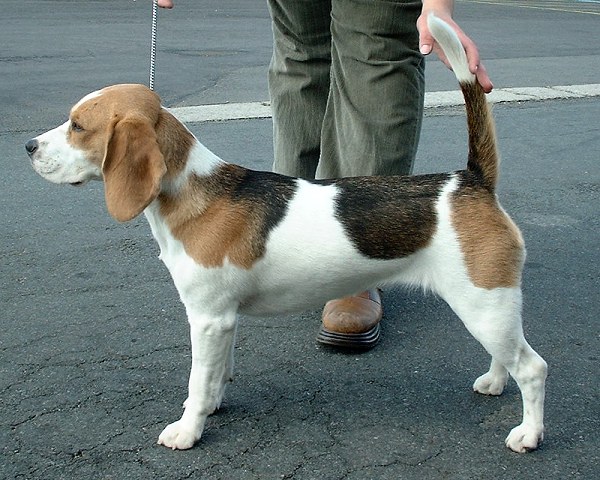
The Beagle is usually tricolor by the Piebald gene.
Beagles with recessive red have the Piebald gene as well.
The bald eagle derives its name from the word “piebald” in reference to the contrast of its white head and tail with dark body.
Genetics
The allele is called sP on the S-locus and is localised with the MITF gene. It is recessive, therefore homozygous individuals show this coat pattern, whereas the heterozygous carriers can be of solid color.
Other Piebald Animals
This is where I nearly lost myself… hold on to your heads, it’s going to be a bumpy ride…
The fact we have animals of completely different species that can be altered by the same genes, such as Piebald, Albinism and Leucism, led me to a question… Do we have Clown dogs, Axanthic horses and Genetic Stripe cats?
Horses was my go to, as I know extensive effort has not only into preserving certain genes but also to document them.
I started off with Equine coat colour genetics and quickly came to the conclusion that I was way out of my depth.
But from what I could understand, I am led to believe, yes, their must be a “Clown” Horse out there…
A horse that has a visual change due to the same “Clown” mutation of a gene on a certain locus…
It may or may not display the same way, but surely, even if it has already been lost to time, this mutation must or will eventually exist…
Though I’m going to ask @t_h_wyman to make sure I’m not lost in my own thinking.
This is just something I thought I would share and wondered if anyone has been down this worm hole before and has any answers for me…
